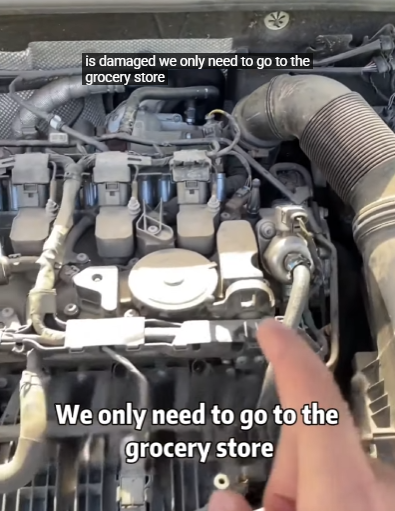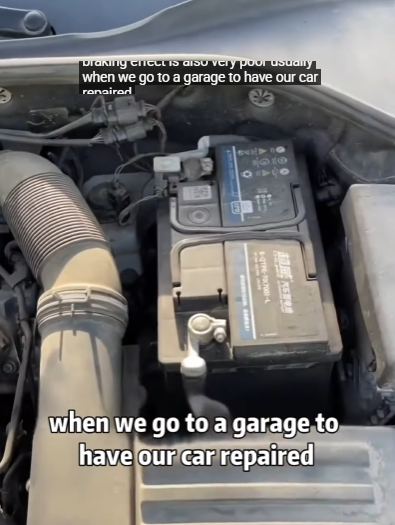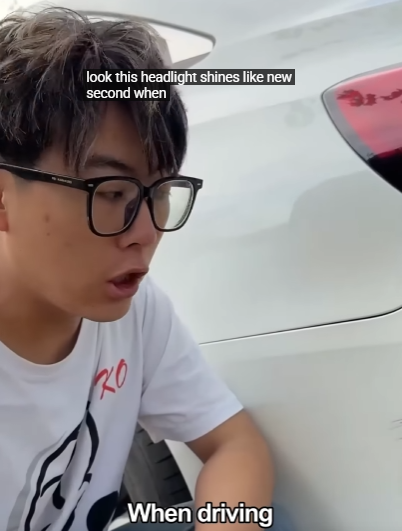
When people buy a car, they often think about fuel efficiency, horsepower, or the latest tech features. But surprisingly, what many drivers overlook are the small, everyday threats that can slowly damage their vehicles. These are things most car owners don’t know to avoid — yet they are crucial to maintaining a car’s performance and longevity. Ignoring them could cost you thousands in repairs, while being aware can actually save you money in the long run.
So what exactly are these hidden threats? Let’s uncover what your car is truly afraid of — and how a little awareness can keep your vehicle in top shape.
1. Short Trips That Don’t Let the Engine Warm Up
Many people don’t realize that short drives can be harmful to their engine over time. Cars are designed to run at an optimal temperature. When you constantly make short trips — say, under 5 kilometers — your engine doesn’t get hot enough to burn off moisture and fuel residues. This leads to carbon buildup, oil contamination, and corrosion inside the engine.
Tip to Save Money: If you do need to make short trips, try to group errands together to allow the engine time to warm up. Every now and then, take your car on a longer drive to help clean out the internal system.

2. Neglecting Tire Pressure
Low or uneven tire pressure is not just a safety risk — it also drains your wallet. When tire pressure is too low, your car has to work harder to move, which increases fuel consumption. It also wears out the tires faster, meaning you’ll have to replace them sooner than expected.
What to Do: Check your tire pressure once a month, especially during seasonal temperature changes. Use a quality pressure gauge and inflate tires according to your car’s manual.
3. Parking Under Trees or in Direct Sunlight
Sure, shade seems like the logical place to park, but not all shade is created equal. Parking under trees might shield your car from sunlight, but it exposes the paint and windshield to sap, bird droppings, and falling debris — all of which can damage the finish and require professional cleaning or repainting.
On the other hand, long exposure to direct sunlight can cause fading of paint and cracking of interior surfaces.
Simple Solution: Use a windshield sunshade, park in a garage when possible, and regularly wash your car. A good coat of wax also offers protection.
4. Overloading the Car
Many people treat their car like a mini moving van, piling in heavy boxes, tools, or passengers without a second thought. But overloading puts enormous strain on the suspension, brakes, tires, and even the engine.
Why It Matters: Consistent overloading shortens the lifespan of crucial components and makes your car handle poorly.
How to Avoid It: Know your vehicle’s load capacity (check your owner’s manual), and avoid using it to haul heavy items unless absolutely necessary.

5. Ignoring the Warning Lights
That little light on your dashboard isn’t just decoration. Warning lights are your car’s way of saying, “Something’s wrong — please fix me!” Yet, many drivers ignore these signals until the issue gets worse.
Common Mistake: Delaying an engine light check could turn a $50 sensor replacement into a $1,000 repair job if the problem affects other parts.
Money-Saving Tip: Invest in a basic OBD-II scanner. It plugs into your car and tells you what the issue is — sometimes even something as simple as a loose gas cap.
6. Skipping Regular Maintenance
Changing the oil, rotating the tires, replacing filters — these might seem like small tasks, but they’re essential. Skipping maintenance is one of the biggest mistakes drivers make. The damage builds up slowly and shows up later in the form of major breakdowns.
Real Savings: Spending $50-$100 on regular maintenance could save you thousands on engine or transmission repairs.
Create a Routine: Mark service dates in your calendar or use a car maintenance app to keep track.

7. Using Cheap or Incorrect Fluids
Your car doesn’t just run on gasoline. It also needs engine oil, brake fluid, transmission fluid, and coolant. Using low-quality or the wrong type of fluids can lead to major system failures.
Be Cautious: Not all fluids are created equal. Even the wrong oil viscosity can affect engine performance, especially in extreme weather.
Smart Move: Always use the manufacturer-recommended fluids, even if they cost a bit more. In the long run, they protect your engine and save on repairs.
8. Hard Braking and Sudden Acceleration
Driving aggressively may feel satisfying in the moment, but it’s brutal on your car. Slamming the brakes wears out brake pads and rotors, while rapid acceleration burns more fuel and stresses the transmission.
Driving Style = Car Health: Smooth driving habits make your car last longer, improve gas mileage, and reduce the need for early repairs.
Bonus: Insurance companies love safe drivers — you could also qualify for discounts!

9. Using the Wrong Fuel
Some drivers assume that higher octane fuel is better for their car. But unless your manual specifically calls for premium gas, you’re just wasting money. Worse, using the wrong type of fuel (e.g., diesel in a gas engine) can cause serious engine damage.
Pro Tip: Stick with the fuel type your car was designed for. If you’re unsure, double-check the fuel door or manual.
10. Not Letting the Engine Idle After Heavy Use
After a long, high-speed drive — especially in hot weather — turning off your engine right away can trap excess heat inside the turbocharger or engine. This causes what’s called “heat soak,” which can damage parts over time.
Smart Habit: Let your engine idle for 30–60 seconds before turning it off after demanding drives, giving the system time to cool properly.

Conclusion: Protect Your Car, Protect Your Wallet
Most people think saving money with a car means getting better gas mileage. But as you’ve just learned, some of the biggest savings come from avoiding the hidden damage that happens every day. From short trips to cheap fluids, these are the things your car fears the most — and the ones drivers often overlook.
Being mindful of these simple tips doesn’t just keep your car running better — it prevents breakdowns, avoids expensive repairs, and extends the life of your vehicle.
So, if you’re one of the 90% who didn’t know — now you do! Drive smart, treat your car well, and watch the savings add up.



